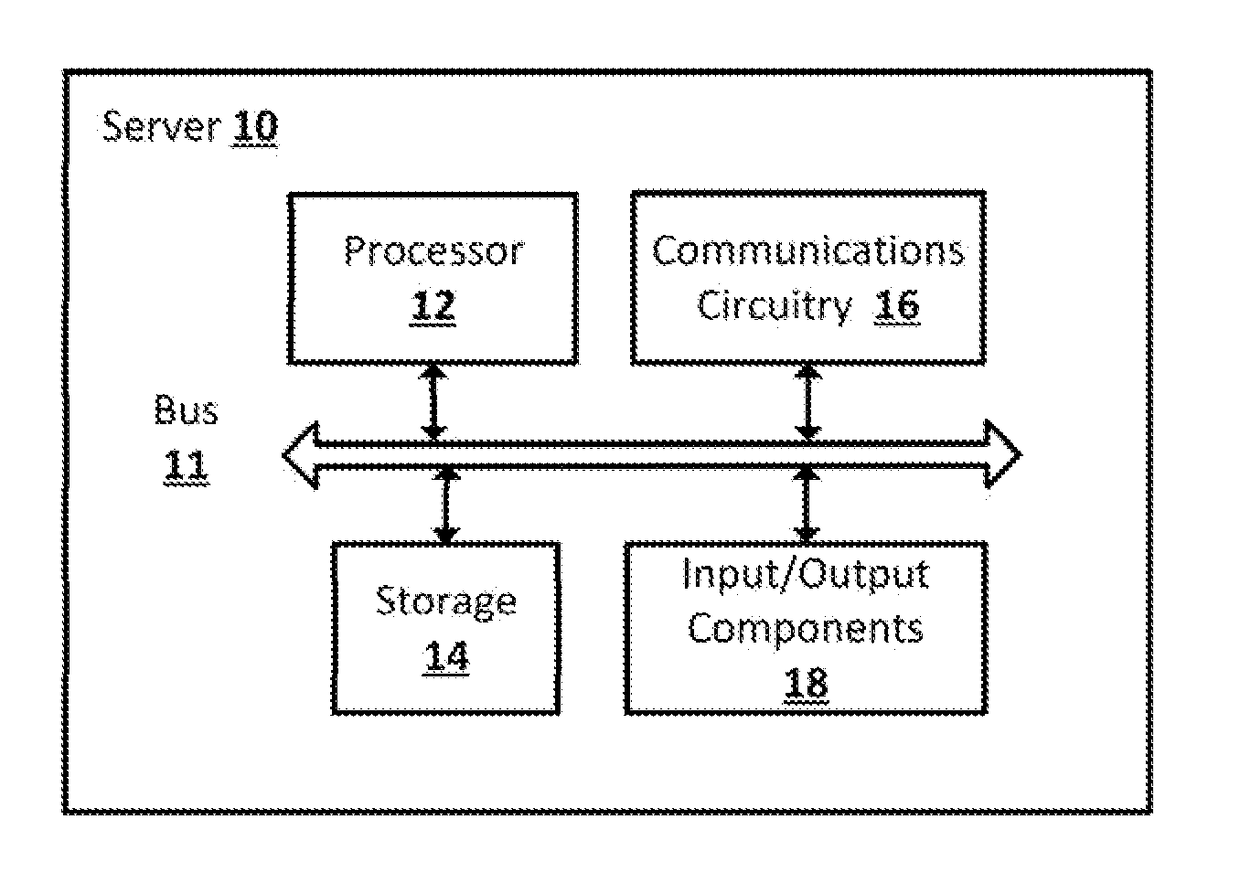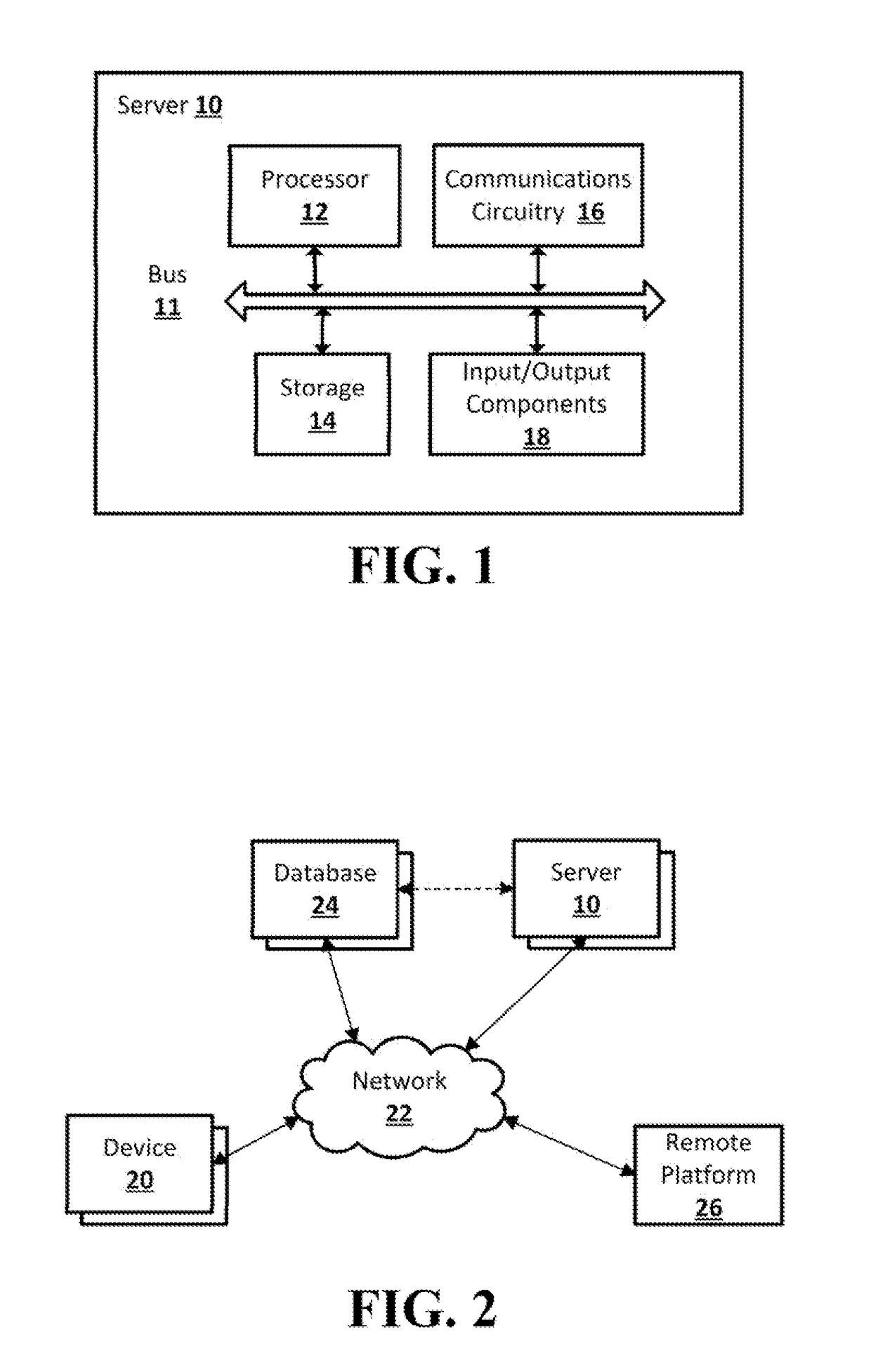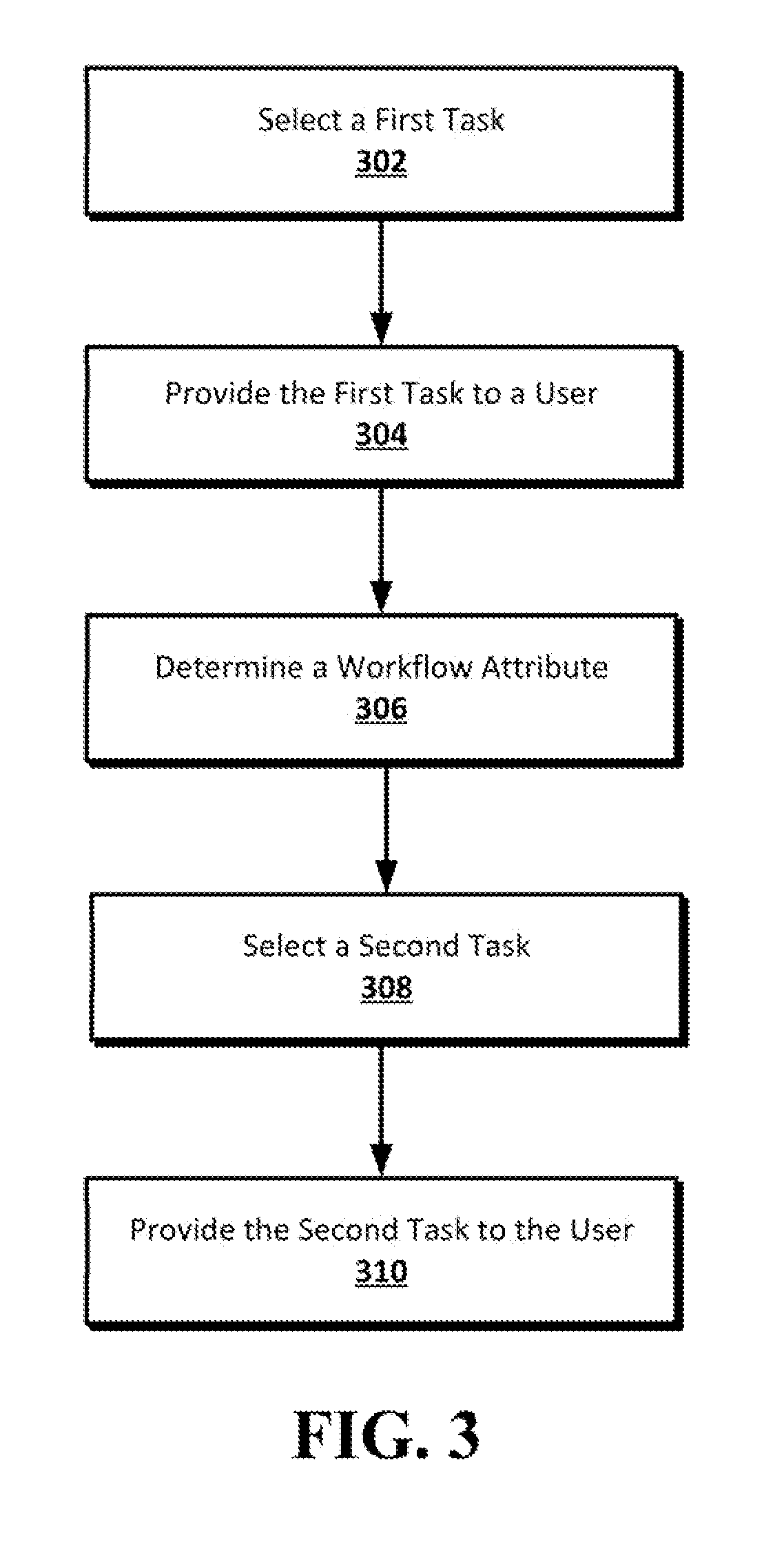Managing A Workflow Of Human Intelligence Tasks Based On Task Performance
a technology of human intelligence and task performance, applied in the field of managing a workflow of human intelligence tasks based on task performance, can solve the problems of large batch of tasks, high task load, and not always being an optimal approach
- Summary
- Abstract
- Description
- Claims
- Application Information
AI Technical Summary
Benefits of technology
Problems solved by technology
Method used
Image
Examples
Embodiment Construction
[0012]Described is a technique for optimizing a workflow of human intelligence tasks based on task performance. When a large batch of tasks is performed continuously by a user, task performance may decline. Users, however, may continue to perform tasks despite reduced performance for various reasons including economics, competitive pressures from peers, insomnia, and other factors including desires to game or “beat” the system. To lessen these consequences and improve overall task performance, described are techniques to adjust the workflow of tasks by altering the type of tasks provided. These adjustments may include providing a workflow interruption in the form of a different type of task or a break activity. These interruptions may refresh the user and aid in alleviating the negative consequences of repetitive tasks such as physical and cognitive fatigue.
[0013]Research has shown that breaks can ameliorate boredom and fatigue, but the effects may depend on certain factors. For exa...
PUM
 Login to View More
Login to View More Abstract
Description
Claims
Application Information
 Login to View More
Login to View More - R&D
- Intellectual Property
- Life Sciences
- Materials
- Tech Scout
- Unparalleled Data Quality
- Higher Quality Content
- 60% Fewer Hallucinations
Browse by: Latest US Patents, China's latest patents, Technical Efficacy Thesaurus, Application Domain, Technology Topic, Popular Technical Reports.
© 2025 PatSnap. All rights reserved.Legal|Privacy policy|Modern Slavery Act Transparency Statement|Sitemap|About US| Contact US: help@patsnap.com



